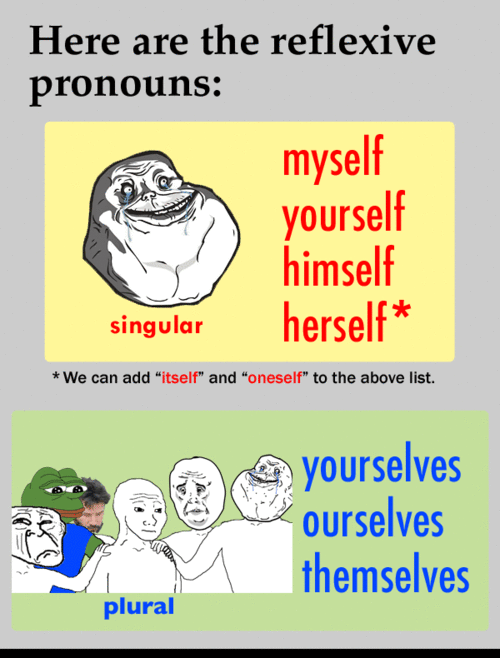

Technically speaking, though, Simmons is not an indirect object, but the object of an independent preposition. This is grammatically correct and has the same meaning as the original sentence. It’s easy to get indirect objects confused with the objects of prepositions, especially when they both answer the question “who or what is receiving the direct object?” We could rewrite our example sentence above in this way:

Indirect objects can only be placed directly after the verb and before the direct object. You can find an indirect object by asking yourself “who or what is receiving the direct object?” In the example sentence above, who is receiving the ball? Simmons gets the ball in the pass, so Simmons is the indirect object. Remember, ditransitive verbs don’t need an indirect object, and you can still use them alone or with just a direct object. How do you know if a verb uses an indirect object? Below are some of the most common ditransitive verb examples. To make things more confusing, not all transitive verbs can use indirect objects-only a special type called ditransitive verbs can use indirect objects. However, a sentence can have a direct object without an indirect object (an example of this is simply saying Embiid passed the ball ).īecause they rely on direct objects, indirect objects can only be used with transitive verbs. Indirect objects can only be used in sentences with direct objects. Simmons is the indirect object because he receives the ball, the direct object.

The direct object is the ball because it is the thing being passed. In this sentence, passed is the verb and Embiid is the subject because he’s the one doing the passing. The indirect object, however, is the noun that receives the direct object itself. A direct object is the noun that receives the action of the verb.

Indirect objects are easier to understand if you know what direct objects are. This guide clears everything up, with a lot of indirect object examples so you can see how they work. If you’re confused about what an indirect object is, you’re not alone! Indirect objects are particularly difficult to understand because they’re so closely related to direct objects. The direct object is cake, and the students are the ones who eat it. In the sentence The teacher gave the students cake, the indirect object is the students. In English grammar, an indirect object is the word or phrase that receives the direct object.


 0 kommentar(er)
0 kommentar(er)
